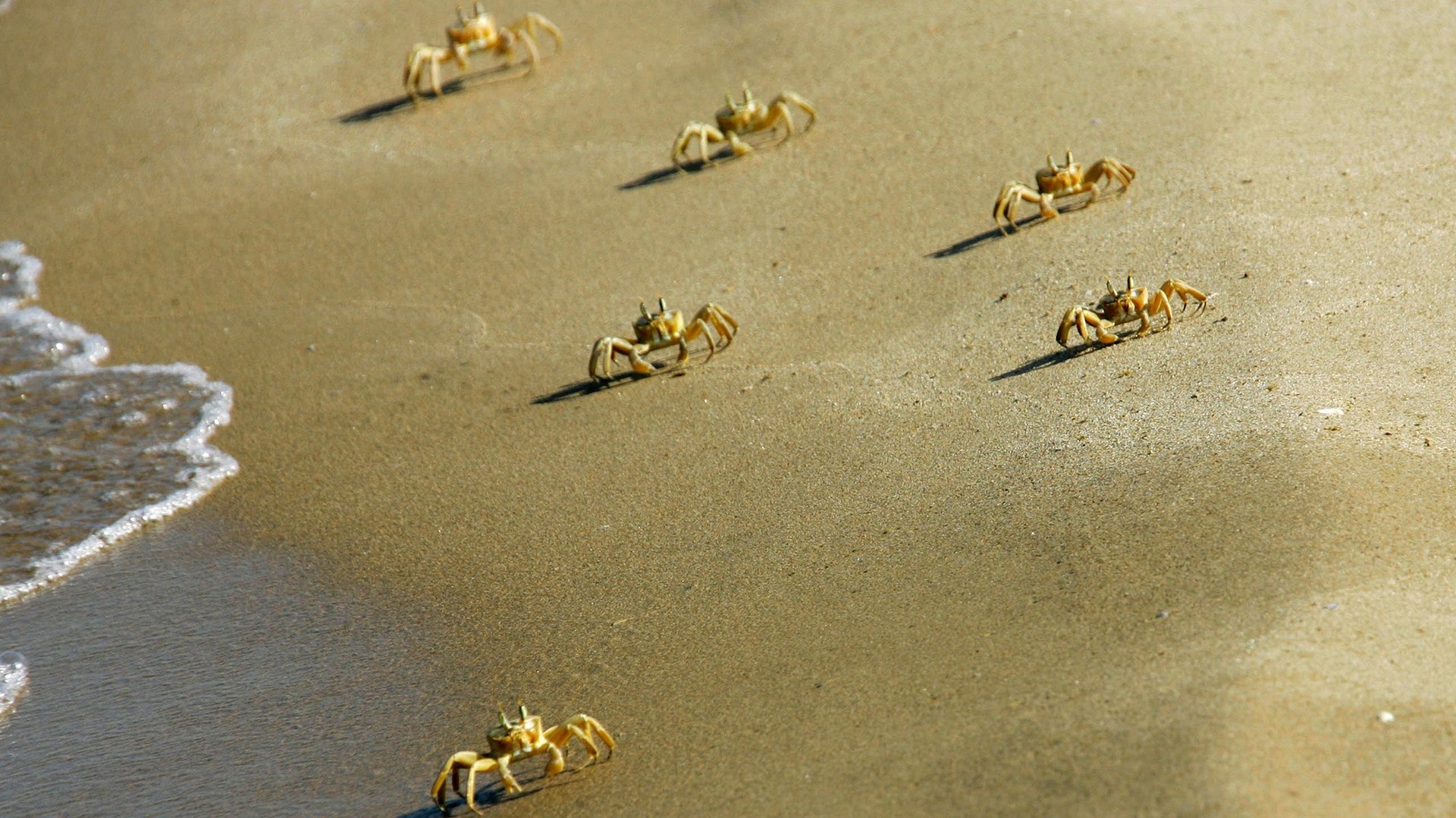The curious case of crabs crawling crazy ’cause of climate change
No-one likes the shore crab. It’s one of the world’s worst alien invasive species, threatening the native wildlife of any new region it invades.


No-one likes the shore crab. It’s one of the world’s worst alien invasive species, threatening the native wildlife of any new region it invades.
Recently, they have started behaving very strangely. The female crabs have stopped taking care of their own eggs, which is causing crab numbers to dwindle. That should be good news. But this crazy behavior, a new study has found, is symptomatic of a much bigger problem—one that has been coming since the start of the Industrial Age.
Since we started pumping increased amounts of carbon dioxide from burning fossil fuels, we’ve been raising the acidity of the oceans. Carbon dioxide dissolves in the oceans to form carbonic acid, and the rate at which this is happening has increased rapidly over the past 200 years. Sour oceans are proving to be bad news for its dwellers.
Female shore crabs take care of fertilized eggs by paying attention to a chemical signal coming from their broods. The signal tells them to waft fresh water over the eggs—providing oxygen and cleaning debris—so that they stay healthy. However, researchers at the University of Hull have found that an acidic ocean changes the shape of that chemical, which means the crab is no longer able to recognize it. The upshot: the crab eggs don’t get fresh water and many of them die.
This curious case is not isolated.
The problem of not recognizing such important chemical signals, according to University of Hull chemistry professor Mark Lorch, affects not just shore crabs, but all kinds of species from sea snails to the iconic clownfish. The chemical signals are used not just to take care of broods, but also to detect prey, locate food, and find mates. Without such signals, these species start behaving oddly—often to their own detriment.
And the discomfort of these sea creatures matters. They are a key part of the food cycle, and thus important for our own survival.